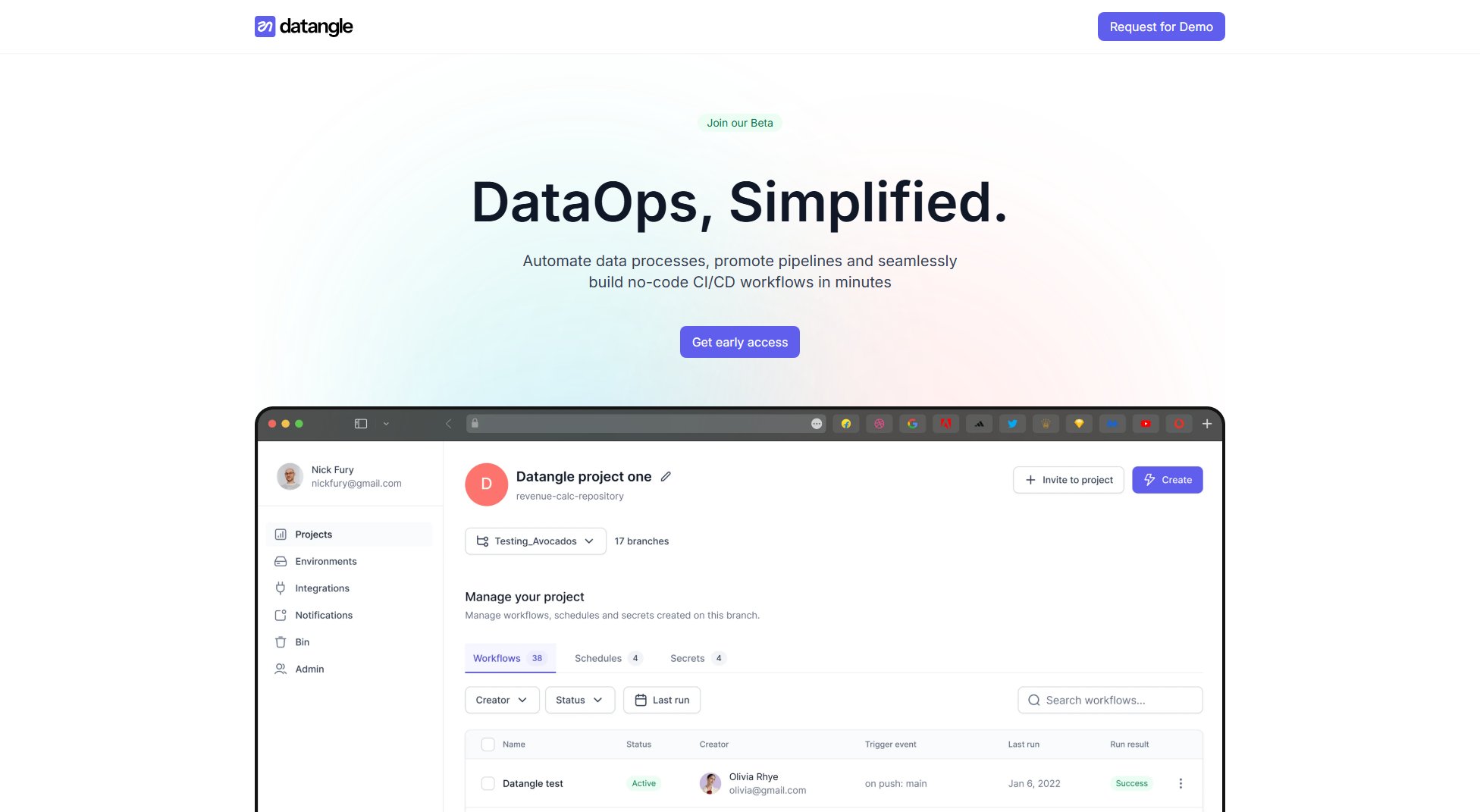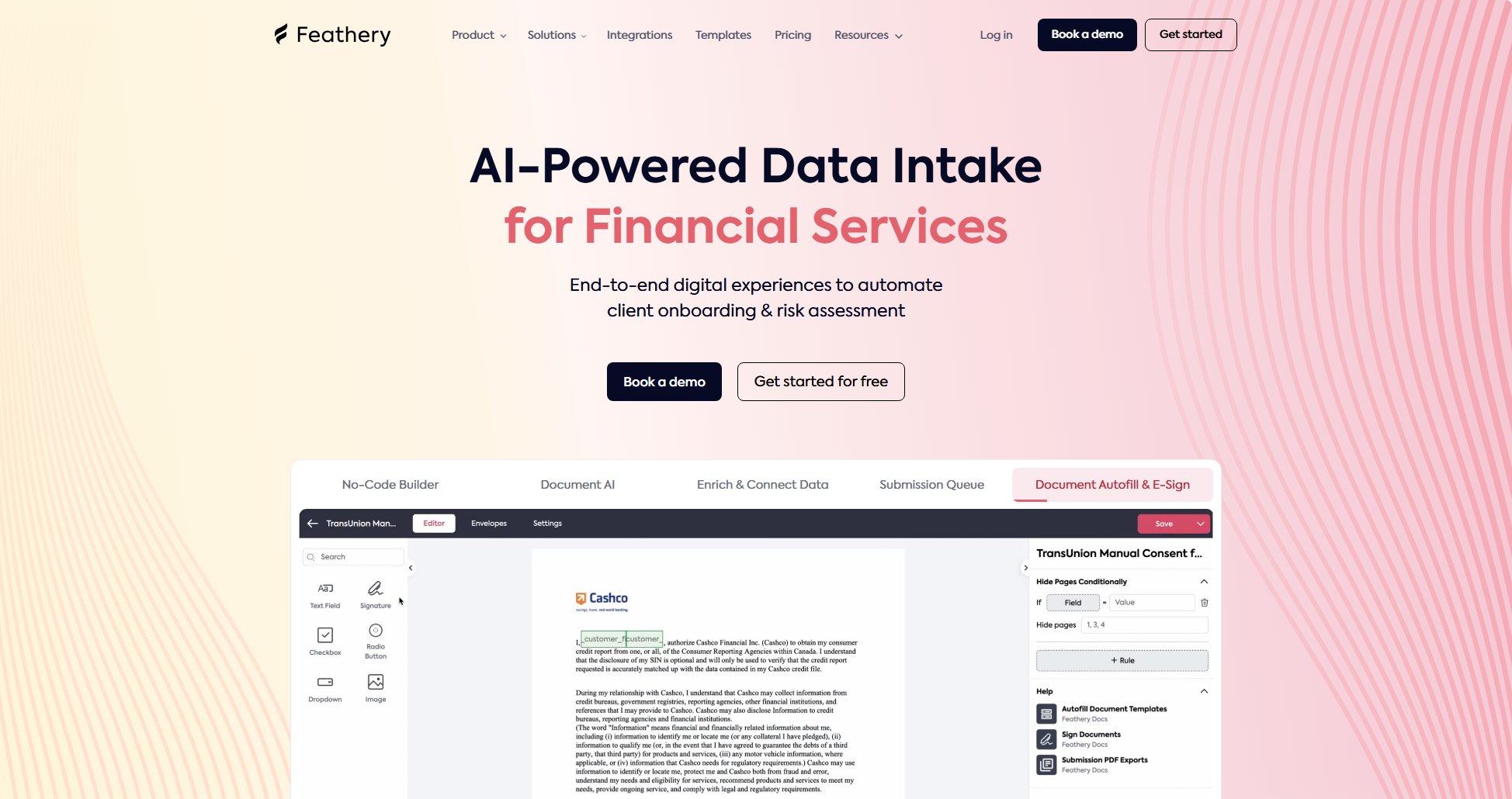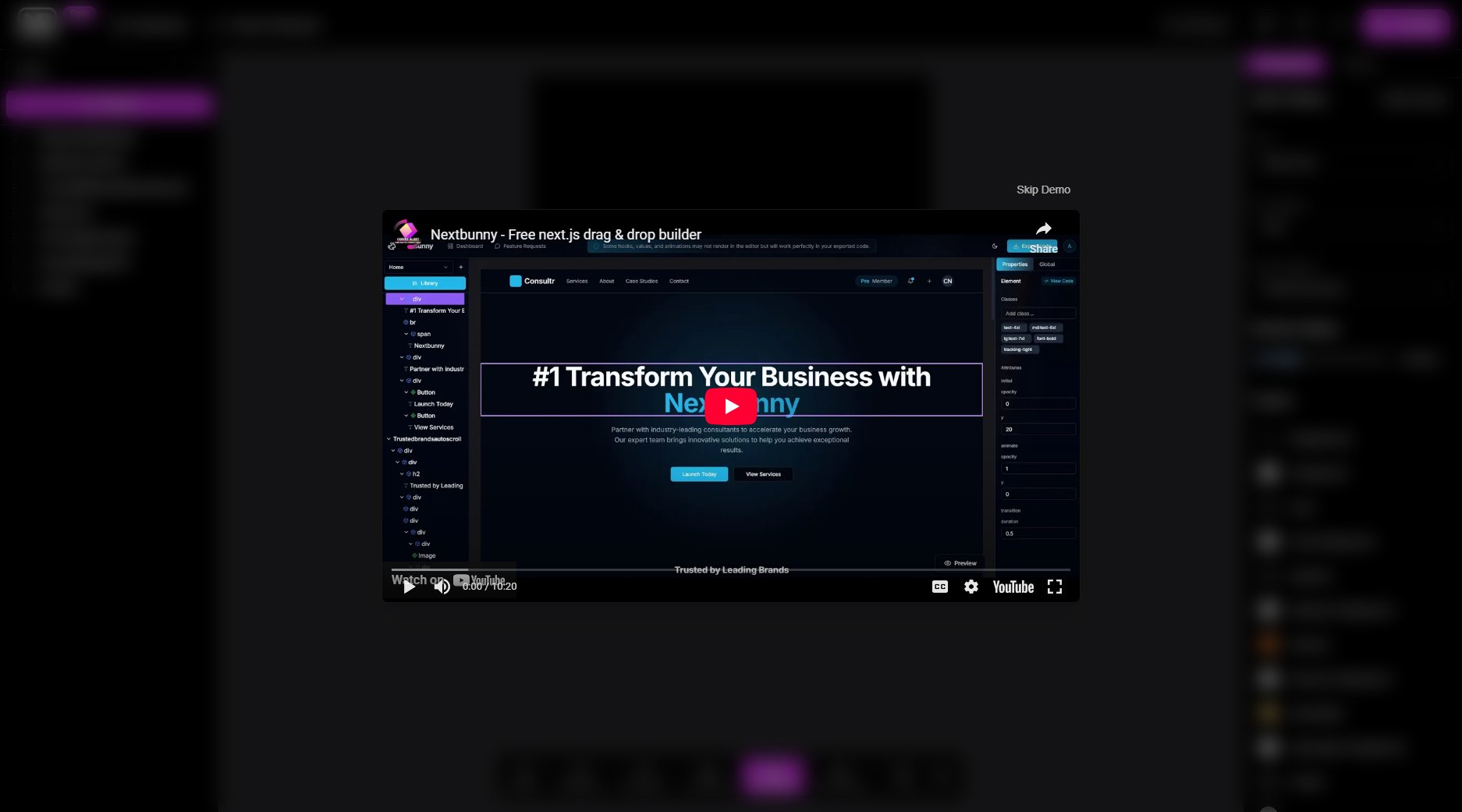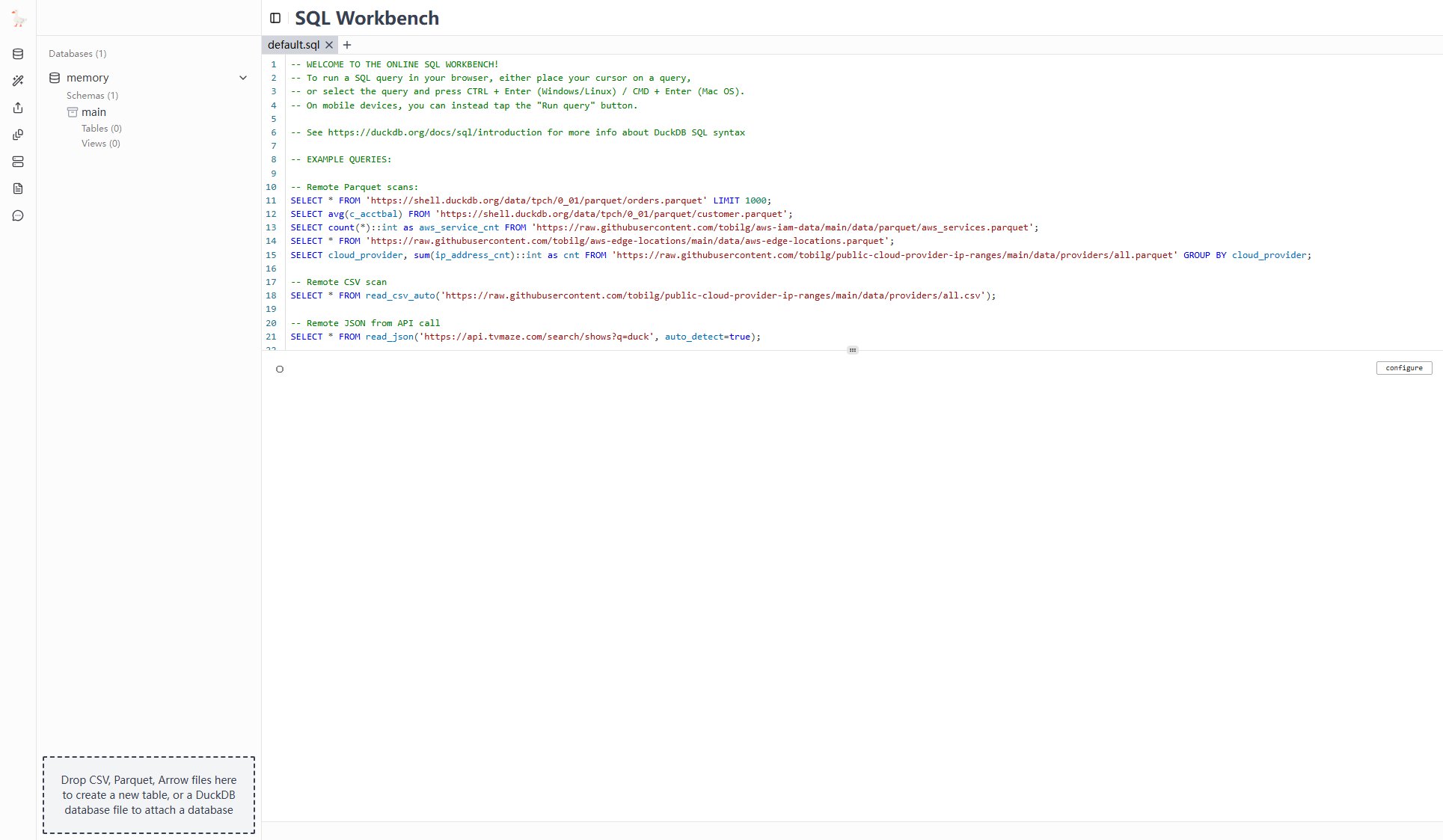LexKit
Open-source React framework for building rich text editors
What is LexKit? Complete Overview
LexKit is a modern, type-safe React framework built on Meta's Lexical that simplifies the creation of powerful rich text editors. Designed specifically for React developers, it offers an optimized solution for building feature-rich editors for blogs, applications, and team collaboration tools. LexKit addresses the pain points of complex editor implementation by providing a React-first approach with extensive built-in functionality. Its lightweight architecture ensures high performance while maintaining flexibility through customizable extensions. The framework is particularly valuable for developers who want professional-grade editing capabilities without the overhead of managing raw Lexical implementations.
LexKit Interface & Screenshots
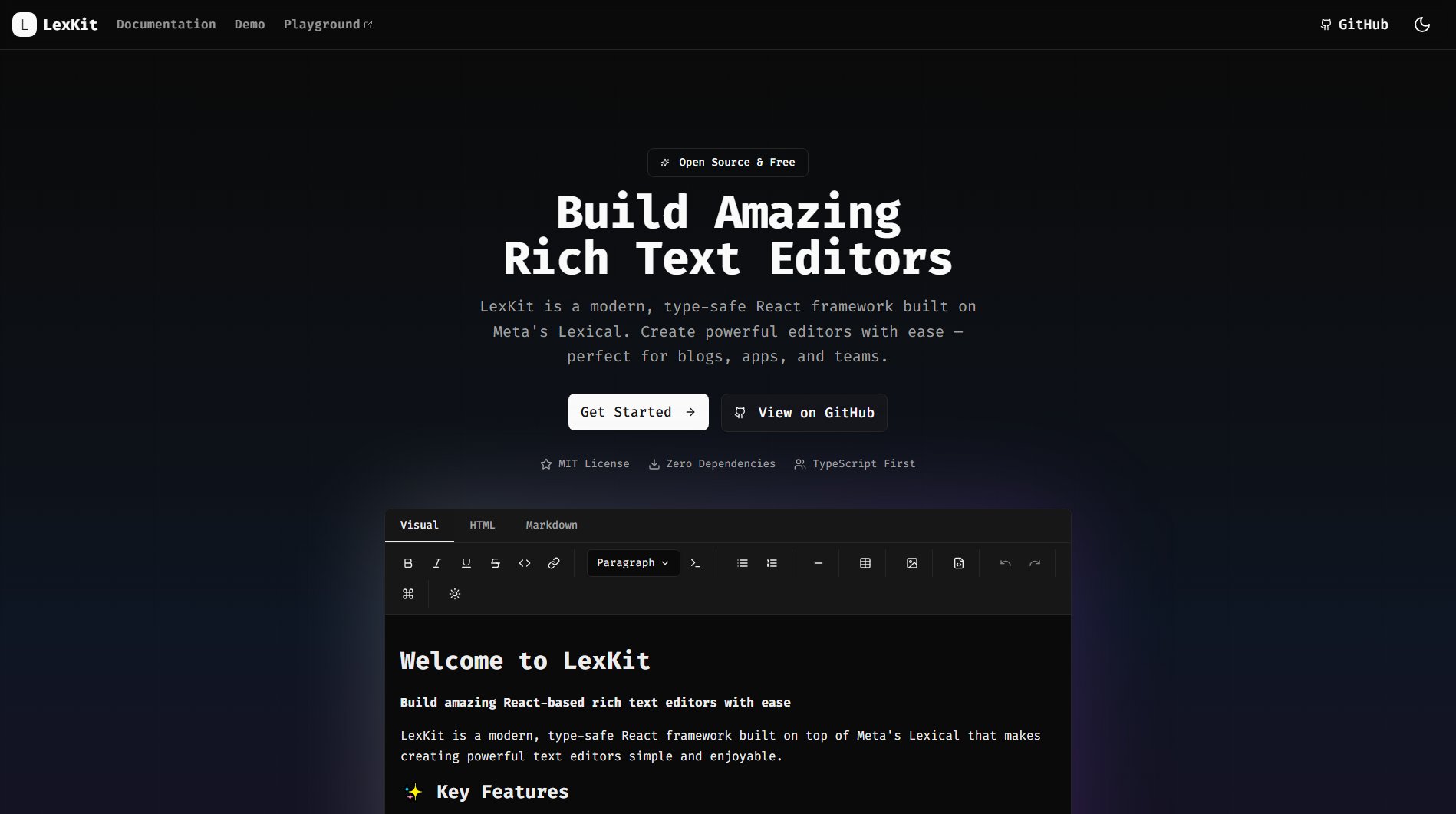
LexKit Official screenshot of the tool interface
What Can LexKit Do? Key Features
Lightning Fast Performance
LexKit is optimized for speed with minimal bundle size, ensuring fast loading and smooth operation even with large documents. The framework handles complex editing scenarios with efficient rendering and responsive interactions.
Type-Safe Development
Built with full TypeScript support, LexKit provides auto-completion and type checking to prevent runtime errors. This ensures safer command execution and state management throughout the development process.
Extensible Architecture
With 25+ built-in extensions for common features like tables, images, and links, LexKit offers immediate functionality while making it easy to create custom extensions for specialized requirements.
React-First Design
LexKit is purpose-built for React, featuring modern hooks and components that integrate seamlessly with React applications. The framework uses CSS custom properties for straightforward theming and styling customization.
Comprehensive Documentation
LexKit provides extensive documentation, examples, and community support to accelerate development. The clear API design and developer tools enable rapid implementation and troubleshooting.
Best LexKit Use Cases & Applications
Blog Platform Integration
Implement a feature-rich text editor for a blogging platform, supporting advanced formatting, media embedding, and collaborative editing features while maintaining excellent performance.
Enterprise Documentation System
Create a documentation system with complex formatting requirements, including tables, code blocks, and version-controlled content, leveraging LexKit's extensible architecture.
Educational Content Creation
Build an interactive learning platform where instructors can create richly formatted course materials with embedded quizzes, diagrams, and multimedia elements.
How to Use LexKit: Step-by-Step Guide
Install LexKit and its dependencies using your preferred package manager (npm, yarn, pnpm, or bun). The core package (@lexkit/editor) works alongside Lexical's core components.
Set up the basic editor component in your React application. LexKit's intuitive API makes initialization straightforward with minimal configuration required.
Select and configure extensions based on your project requirements. Choose from built-in extensions or create custom ones to implement specific functionality.
Customize the editor's appearance using CSS custom properties. The framework-agnostic styling system allows for seamless integration with your application's design system.
Implement editor state management and connect to your application's data layer. LexKit provides hooks and utilities for handling content changes and serialization.
Deploy your application with the fully functional editor. LexKit's production-ready architecture ensures reliable performance in live environments.
LexKit Pros and Cons: Honest Review
Pros
Considerations
Is LexKit Worth It? FAQ & Reviews
Yes, LexKit is MIT licensed, which permits free use in commercial applications without restrictions.
LexKit supports modern React versions (17+) and takes advantage of contemporary React features and patterns.
Absolutely. LexKit's architecture is designed for extensibility, allowing developers to build custom functionality while maintaining type safety.
LexKit provides a higher-level abstraction over Lexical, offering React-specific patterns, pre-built extensions, and simplified APIs that reduce implementation complexity.
Yes, LexKit has an active Discord community where developers can get help, share ideas, and collaborate on projects.
